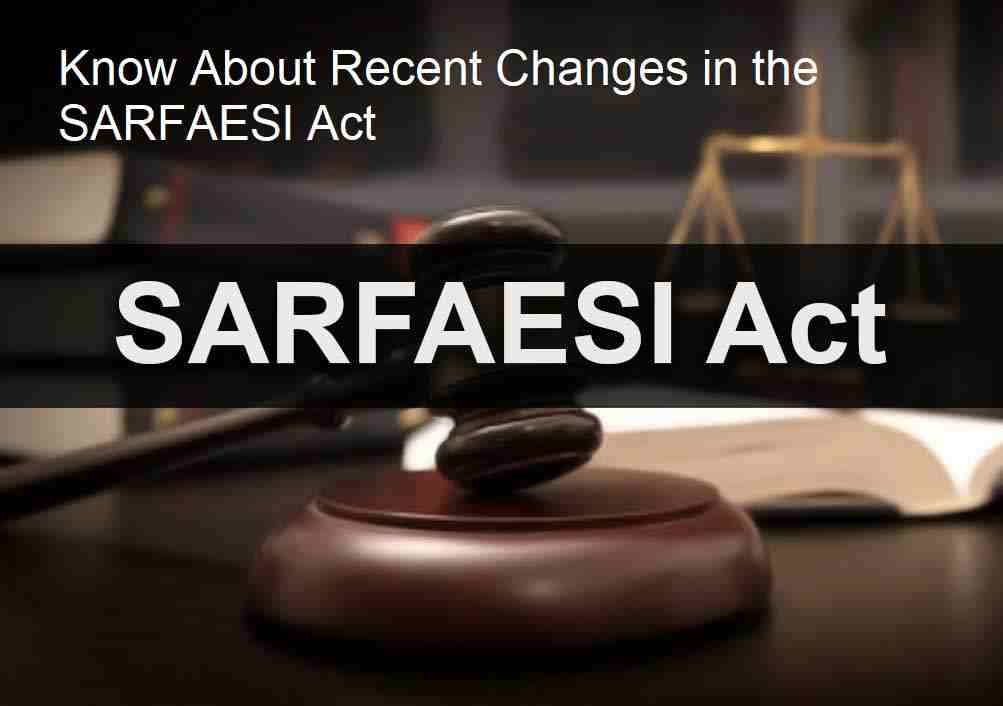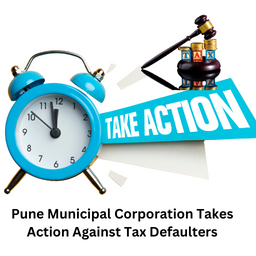Imagine a powerful debt recovery machine hums to life, but crucial parts are still under construction. That's what Section 39 of the SARFAESI Act sets the stage for – the creation of the Central Registry, the engine room that fuels this complex financial apparatus.
The section declares: "Let's lay the foundation first!" It specifies that several key provisions of the Act – those related to the Central Registry itself and its functions – only come into play once this central database is up and running. Think of it as waiting for the gears to be installed before firing up the engine.
So, what exactly goes on hold until the Central Registry is ready? Here's a peek:
- Record-keeping muscle: Sections 21, 22, and 23 deal with maintaining detailed records of transactions, security interests, and securitizations. These become relevant only once the Registry exists as the central repository for all this information.
- Transparency and access: Provisions like those in sections 25, 26, and 27 enable public access to information stored in the Registry. But this open door can't swing open until the Registry itself is built and filled with data.
- Fees and formalities: Sections 24 and 27 establish fees for accessing and interacting with the Registry. These financial details wait in the wings until the Registry becomes operational and ready to serve users.
But why this phased approach? There are a few key reasons:
- Building a solid foundation: Rushing things up before the Registry is ready could lead to chaos and inefficiencies. This section ensures the crucial infrastructure is in place before the heavy machinery starts churning.
- Gradual adoption: Introducing the Act's functionalities step-by-step allows stakeholders – borrowers, lenders, and authorities – to adjust and adapt to the changing landscape at a manageable pace.
- Avoiding technical glitches: Building a robust and secure database like the Central Registry takes time and careful planning. This staged approach gives developers the breathing space to get it right before unleashing the full power of the system.
In essence, Section 39 acts as a bridge between the blueprint of the SARFAESI Act and its real-world application. It acknowledges the importance of having a strong foundation – the Central Registry – before activating the entire debt recovery engine. This phased approach ensures a smooth transition, efficient operation, and ultimately, a more effective and reliable system for navigating the complexities of debt management



